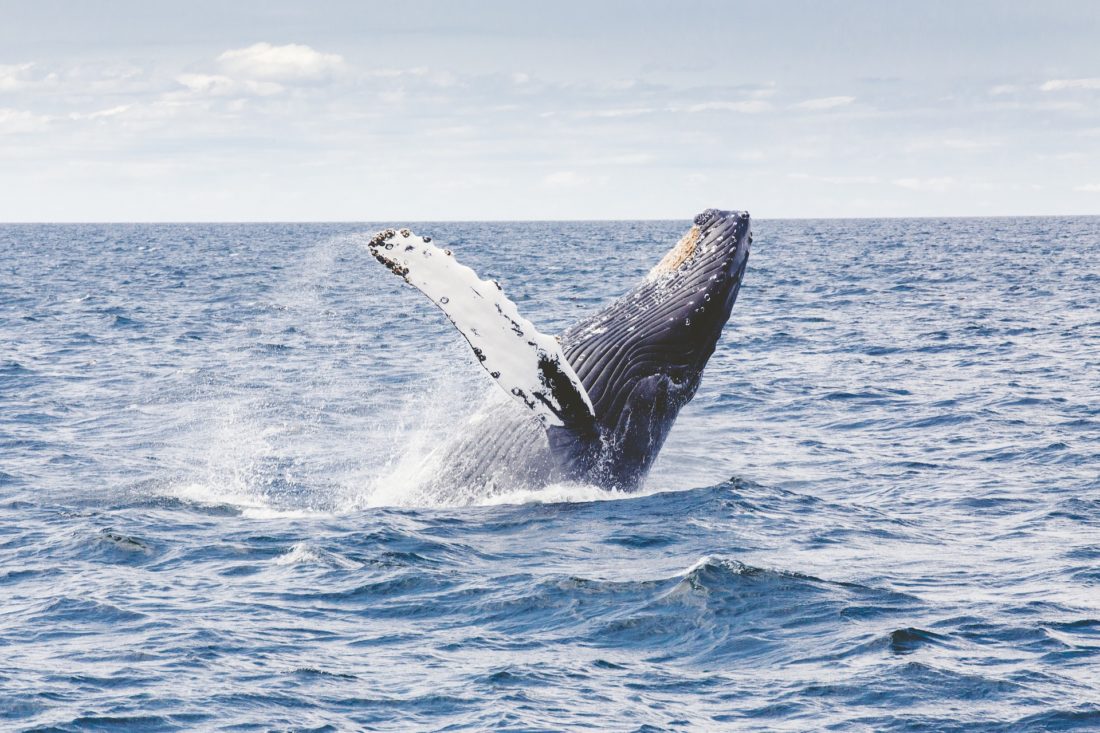The blue whale
The blue whale: the largest marine mammal on Earth
Blue whales are part of the cetacean family and remain the largest animal on Earth.
They can reach nearly 30 meters in length and 170 tons in weight, 30 times heavier than an elephant.
According to WWF, there are 20,000 blue whales compared to 250,000 a century ago. Its rapid extinction is due to its precious oil used as fuel for electricity until 1966 (prohibition of blue whale fishing).
Water pollution and ship strikes impact its environment, threatening its species.
Its life expectancy would be similar to that of humans according to scientists. In general 80 years but some specialists claim a life span of up to 110 years.
This marine mammal can swim at 50 km/h but generally stays around 20 km/h to navigate.
They are found in all oceans and seas of the globe except the Arctic Ocean.
Thanks to its criteria, we have categorized 3 subspecies of blue whales :
– Balaenoptera musculus in the North Atlantic and North Pacific.
– Balaenoptera musculus intermedia in Antarctica.
– Balaenoptera musculus brevicauda in the South Pacific and Indian Ocean.
Their adaptability allows them to navigate to cold waters in summer, warm in winter.
During mid-season blue whales give birth to babies weighing 2.5 tons in temperate waters.
To feed, they use their baleen as a filter and catch krill or plankton.
They can feed on more than 3600 kilograms per day.
They are carnivorous like most marine mammals, they feed on small fish, squid etc…
The particularity of the blue whales remains their very powerful song.
Their emitted sound can reach up to 188 decibels while a man can hear a noise up to 130 decibels without any harmful and unpleasant effects.
The powerful voice of the animal can cross oceans for thousands of kilometers. This allows them to communicate in the face of increasing environmental noise, such as radar and ship engine noise.

